As Photo London turns 10, seven photographers tell us the story behind their portraits
Photo London celebrates its tenth anniversary from 14–18 May 2025 at Somerset House
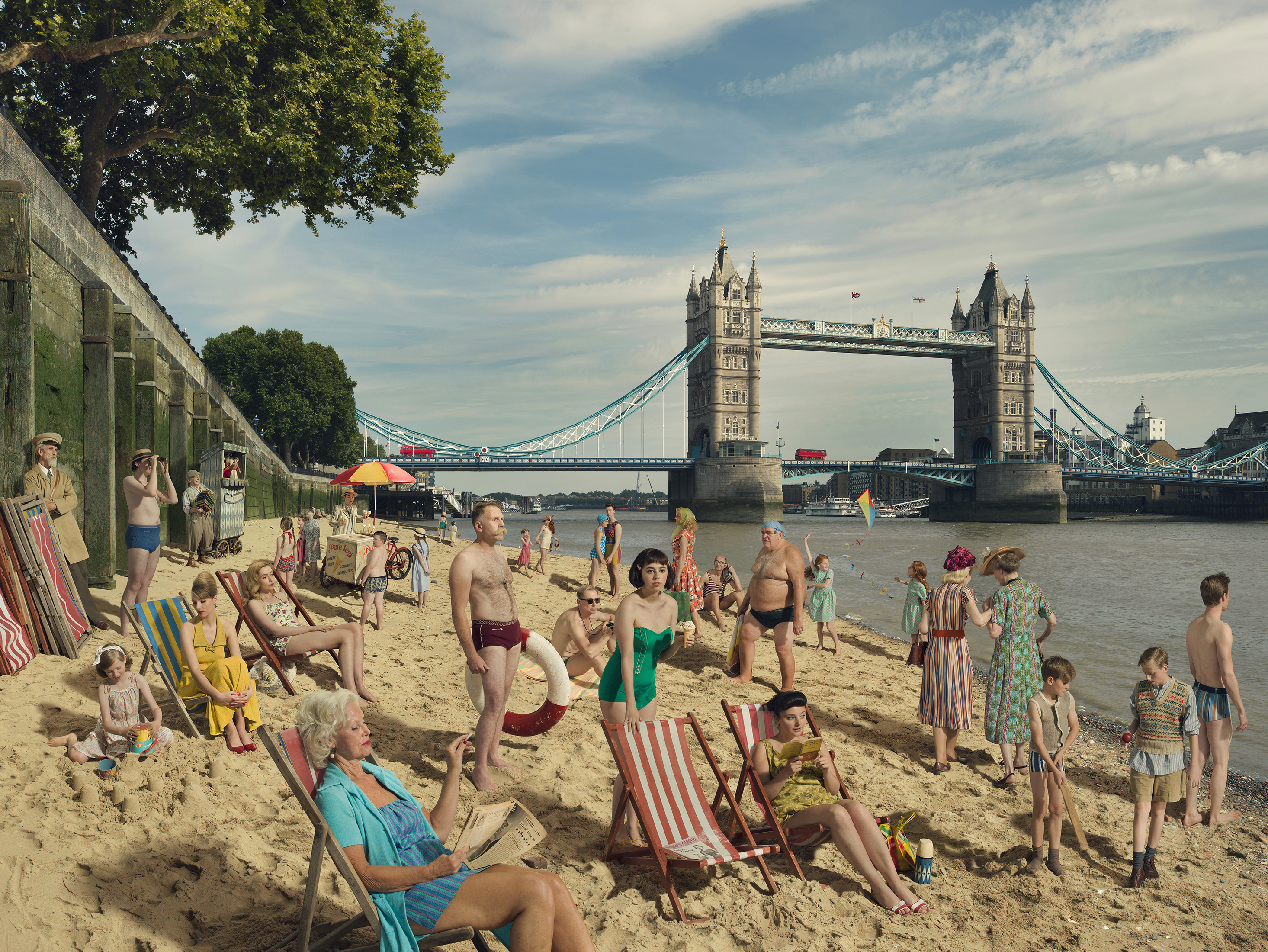
London’s biggest and best-loved photography fair is turning 10. To mark its anniversary, the curators behind Photo London have united a global array of galleries and publishers – many of which have shown since its first iteration, others for the first time – under the stately neoclassical roof of Somerset House for its most special programme yet (14–18 May 2025).
The jewel in the crown of these celebrations will unfold across the Embankment East and West Galleries – an exhibition meditating on London life in all its various guises, curated by critic and author Francis Hodgson. Bringing together 30 renowned photographers who have forged their careers in the city, the show includes contributions from greats of the medium like David Bailey and James Barnor, fashion favourites Miles Aldridge and Nigel Shafran, and documentary pioneers Hannah Starkey and Mary McCartney, to name a few.
Striking notes of both personal and collective resonance, the exhibition roves freely through decades and across London’s sprawl of neighbourhoods. There’s late-night love on dancefloors and gentle introspection at inner-city mosques; rebellious 1990s east London teens and 1960s Lewisham hospital workers; reflections on the aftermath of Grenfell and epic fantasies enacted on the River Thames. Together, these perspectives reveal London to be a city like no other – a place of unique freedom and struggle, where history and the new constantly collide.
Seven exhibited photographers tell us the story behind their portraits of the city
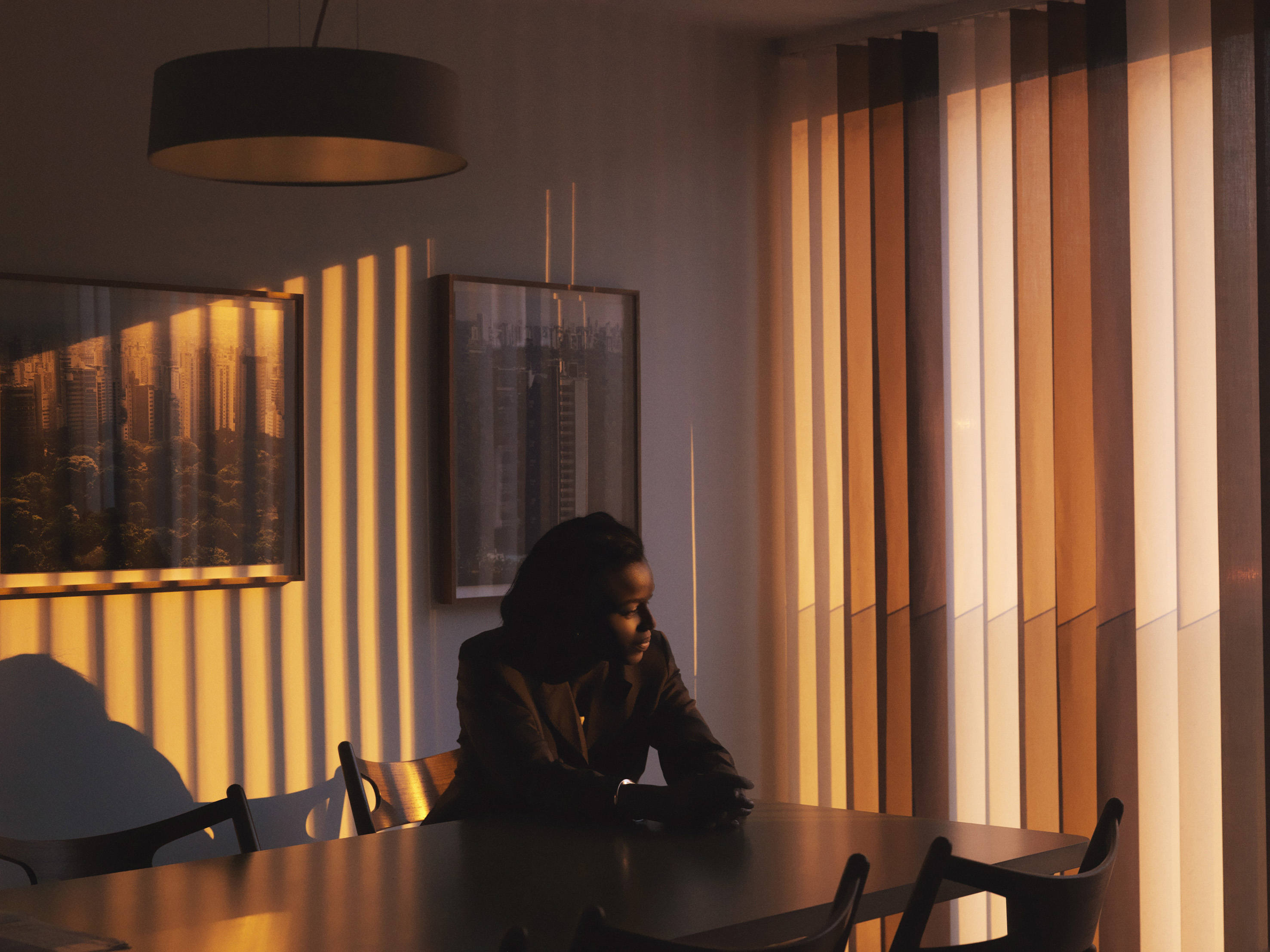
Hannah Starkey, Untitled, 5th November 2008
Hannah Starkey
'I’ve lived in London since 1995, when I moved from a BA in Edinburgh to study postgrad at the Royal College of Art’s Photography department. Since then, it has been a lucky city for me, offering a continuous flow of inspiration. While the images I have on display are of women, in a way it is London that’s my muse. Using Virginia Woolf’s term, I think of myself as a street hunter, forever chasing the narrative in the rhythms of everyday life. My timeline in the city and my consistency in subject matter mean I am constantly looking at the experience of being female at different stages of life – student, young mother, mother of teen daughters. I live in Hackney, London Fields, and have done so for 20 years. It’s a place that people flock to from all parts of the world, where everyone is free to be themselves. I love it here. If ever I have a creative block, I just go for a walk.'
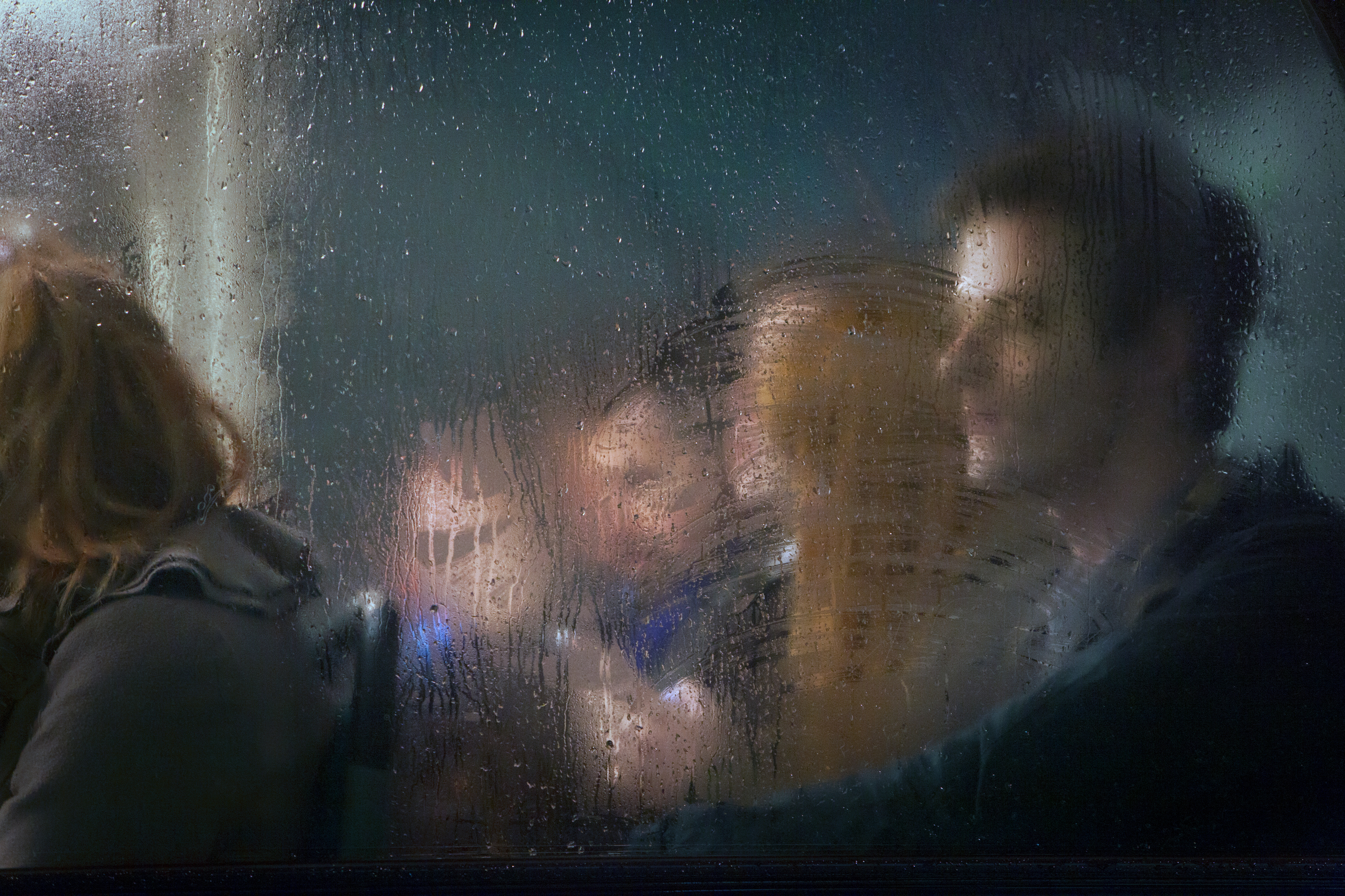
Nick Turpin, On The Night Bus #50
Nick Turpin
'I shot this series between 2015 and 2017 over three winters in Elephant and Castle. They're commuters returning from the financial district to places like Tooting, East Dulwich and Clapham. I guess what I loved about them was that it felt like I was seeing these people in their natural state. London is such a huge city – of like eight and a half million people, or whatever it is – and it's a very anonymous place. People leave work, where you have acquaintance with all your colleagues, and head home to their flatmates or family. I was fascinated by this journey – a sort of no man's land where you can read, nod off against the window, or look at your phone. You can just be. The windows were often covered in rain and condensation, showing just the presence of a person behind the glass. I realised that if I could find a way of photographing just that – removing the bus itself – I could make something very beautiful and painterly. In street photography, your task is really to find something extraordinary in the everyday.'
Receive our daily digest of inspiration, escapism and design stories from around the world direct to your inbox.
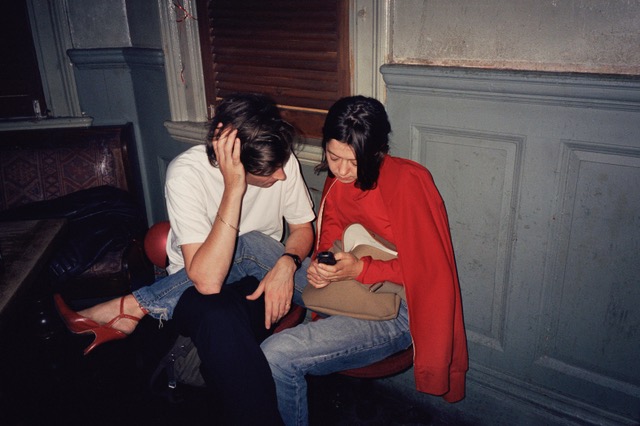
Mary McCartney, Casual, London, 1995
Mary McCartney
'I had a casual birthday party to celebrate turning 26 in West London, in the room above the pub Paradise on Kensal Green. I love London pubs as they have so much history, each with its own special character. This venue for my birthday party had space for a DJ and dancing, and the theme was to wear something red. Looking around the room, these two caught my eye. I noticed how they looked comfortable, draped together in a natural way. She was stylish in her red top with a cardigan over her shoulders and a pair of red heels, her bag on her lap. They were both in their own world, looking at a message or something on her phone. There was just something I loved about how they were sitting to the side of the dance floor – the décor looking like it could do with a refresh, and at the same time adding to the character of the moment.'
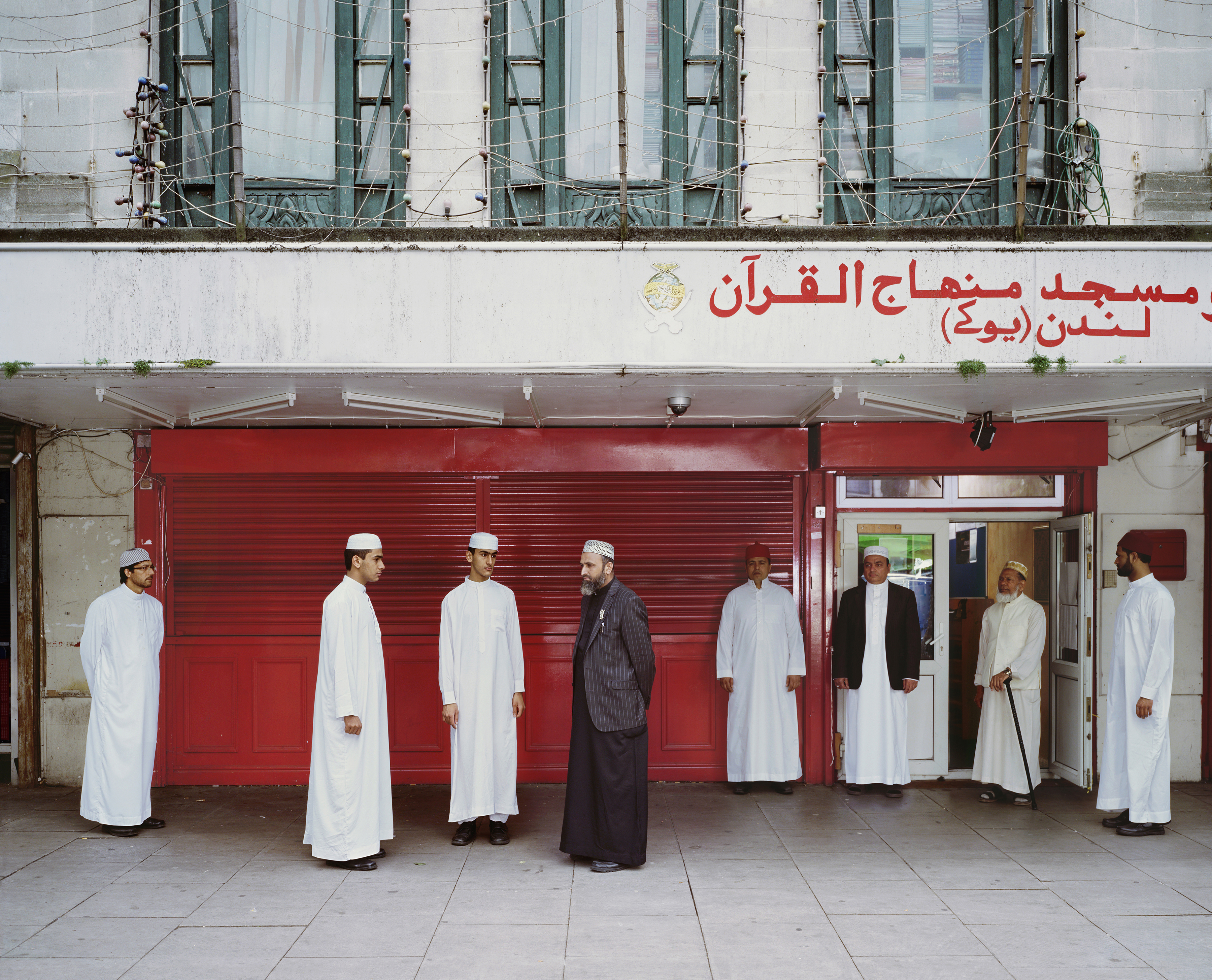
Mitra Tabrizian, Another Country, 2010
Mitra Tabrizian
'This work was made in 2010, initially as a critique of the representation of the Muslim community as a ‘threat’. It focuses on the reality of the everyday and the ‘ordinary’. Some of the mosques in this project have been active in teaching and promoting more harmonious aspects of Islam, and openly condemning ‘Jihad’. I shot this on a 4x5 camera; these are analogue photographs printed directly from the negatives. The work was selected by Francis Hodgson, curator of London Lives. Now, with the widespread rise of Islamophobia, the current crisis in the Middle East, and the broader fear of migration, the selection of this particular work feels especially apt, significant – even courageous.'
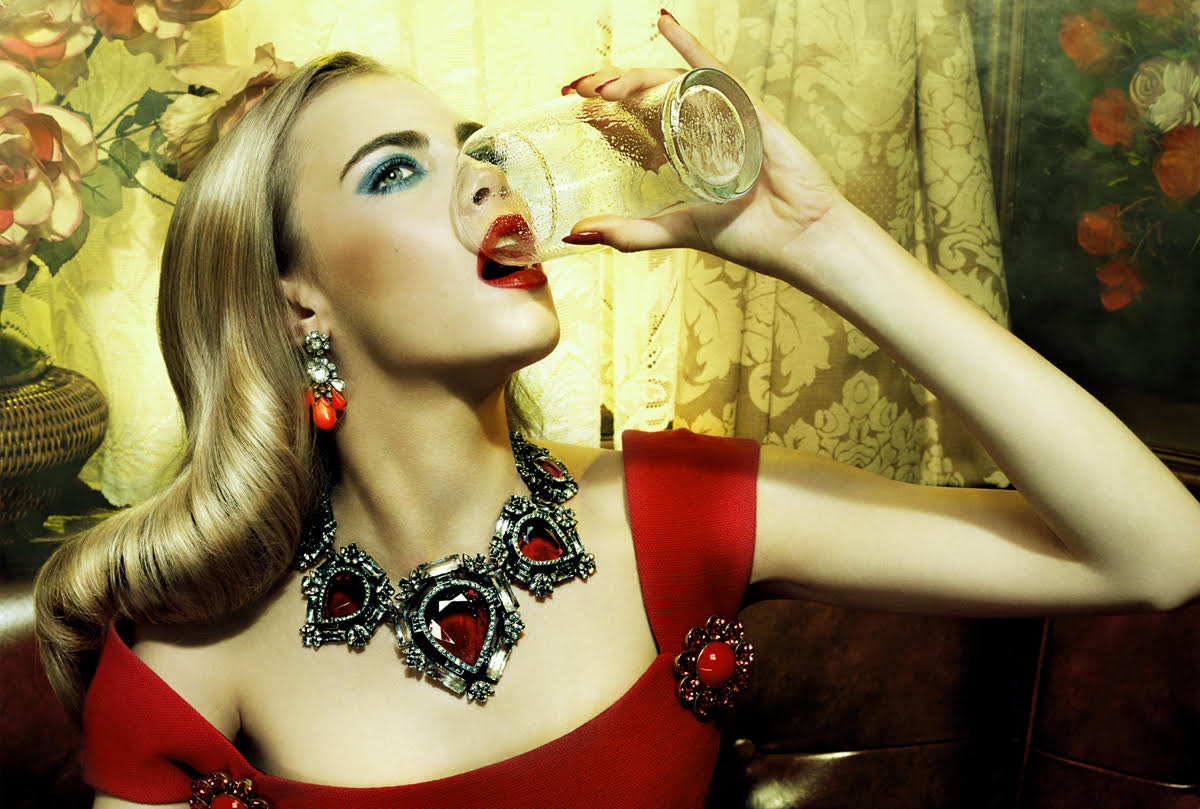
Miles Aldridge, Red Lion #3
Miles Aldridge
'My portrait of Cara Delevingne was shot in The Victory, a pub on Vyner Street in East London. I had created a series of preparatory drawings and spent a weekend with my assistant scouting pubs across East London and the Isle of Dogs until we found the perfect setting. The landlady agreed to rent the pub for the shoot, with the only condition being that one of her regulars couldn’t be turned away. The taps were made available for props, and many drinks were consumed by the crew over the course of the day. The image was inspired by my years living in East London in the 1980s, when pubs often featured cabaret singers or strippers and formed a unique social fabric. Cara brought the right energy to embody that atmosphere. I chose it for the London Lives exhibition because it speaks to the theatricality and rawness of London’s social spaces – the eccentric beauty of its everyday rituals.'
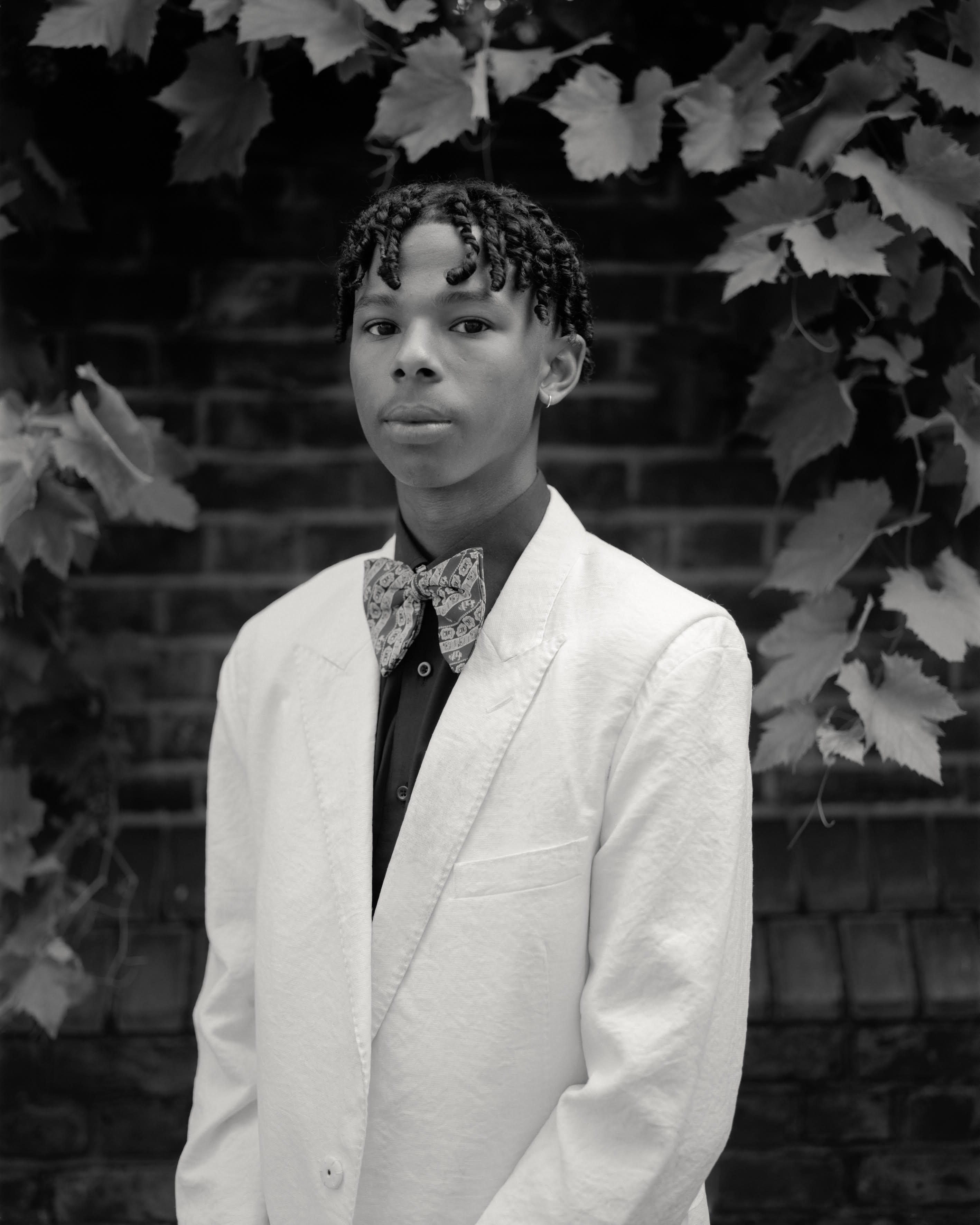
Alys Tomlinson, Samuel, Lost Summer, 2020
Alys Tomlinson
'During the pandemic, I was set to go to Italy to work on a project and couldn't go, which sparked this whole idea of the ‘lost summer’. I decided to photograph teenagers at this pivotal moment in their lives when everything had been taken away from them. Their exams had been cancelled, they couldn't go to school, and they weren't allowed to socialise with each other. Even though it's an American export, prom has become a big event culturally at schools in the UK, so I had this idea to shoot teens in their domestic settings in what they would have worn. This image is of a boy called Samuel, who lived in a flat in Stoke Newington. I shot him in the car park outside his place. He came down in this amazing white jacket and big bow tie, which actually belonged to his dad. I love this shot because there’s something about his gaze that’s both defiant and resilient. All the portraits were within walking distance from where I live in Highbury. The project made me more observant of life around me, opening up my eyes to the rich tapestry of life in my neighbourhood. I suppose it really made me realise how special living in London can be.'

Julia Fullerton-Batten, Old Father Thames, Bathing by Tower Bridge, 2018
Julia Fullerton-Batten
'Standing in the shadow of Tower Bridge, you might not realise that in the 18th century the area was once a popular bathing spot. Tower Beach, as it was called then, was used for paddling, sunbathing and swimming, but the poor water quality forced its closure in 1971. Drawing all classes of society, it was a particular hotspot for women and their children escaping the claustrophobia of crowded dwellings in central and East London. I chose to recreate the 1950s era, photographing women and children in vintage one-piece swimwear and period dresses, with the men going about their daily business against the iconic background of the Thames and Tower Bridge. The improved quality of water in the Thames may soon mean bathing will be possible again.'
Photo London is from 15 - 18 May
Orla Brennan is a London-based fashion and culture writer who previously worked at AnOther, alongside contributing to titles including Dazed, i-D and more. She has interviewed numerous leading industry figures, including Guido Palau, Kiko Kostadinov, Viviane Sassen, Craig Green and more.
-
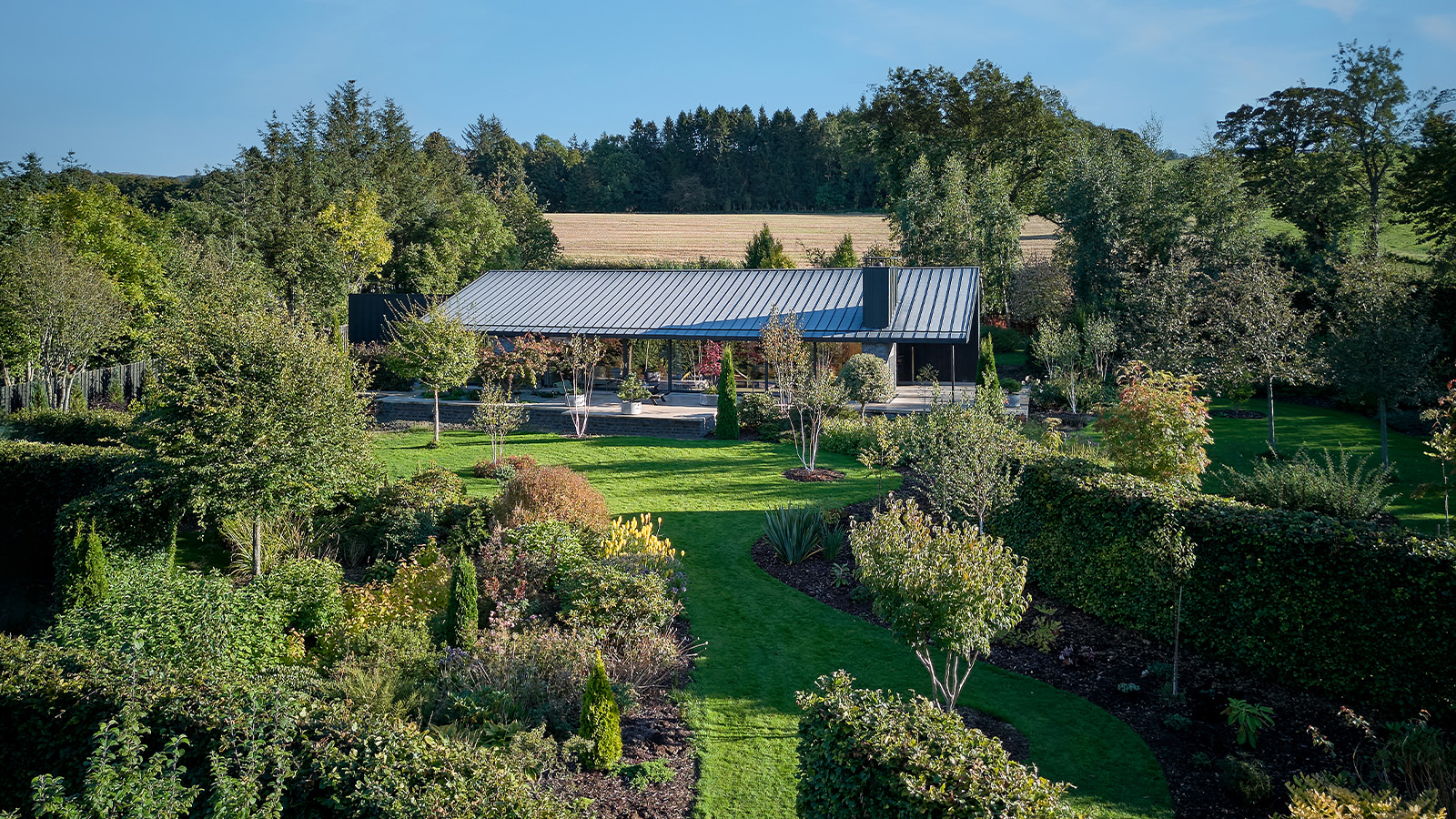 A compact Scottish home is a 'sunny place,' nestled into its thriving orchard setting
A compact Scottish home is a 'sunny place,' nestled into its thriving orchard settingGrianan (Gaelic for 'sunny place') is a single-storey Scottish home by Cameron Webster Architects set in rural Stirlingshire
-
 7 colours that will define 2026, from rich gold to glacier blue
7 colours that will define 2026, from rich gold to glacier blueThese moody hues, versatile neutrals and vivid shades will shape the new year, according to trend forecasters
-
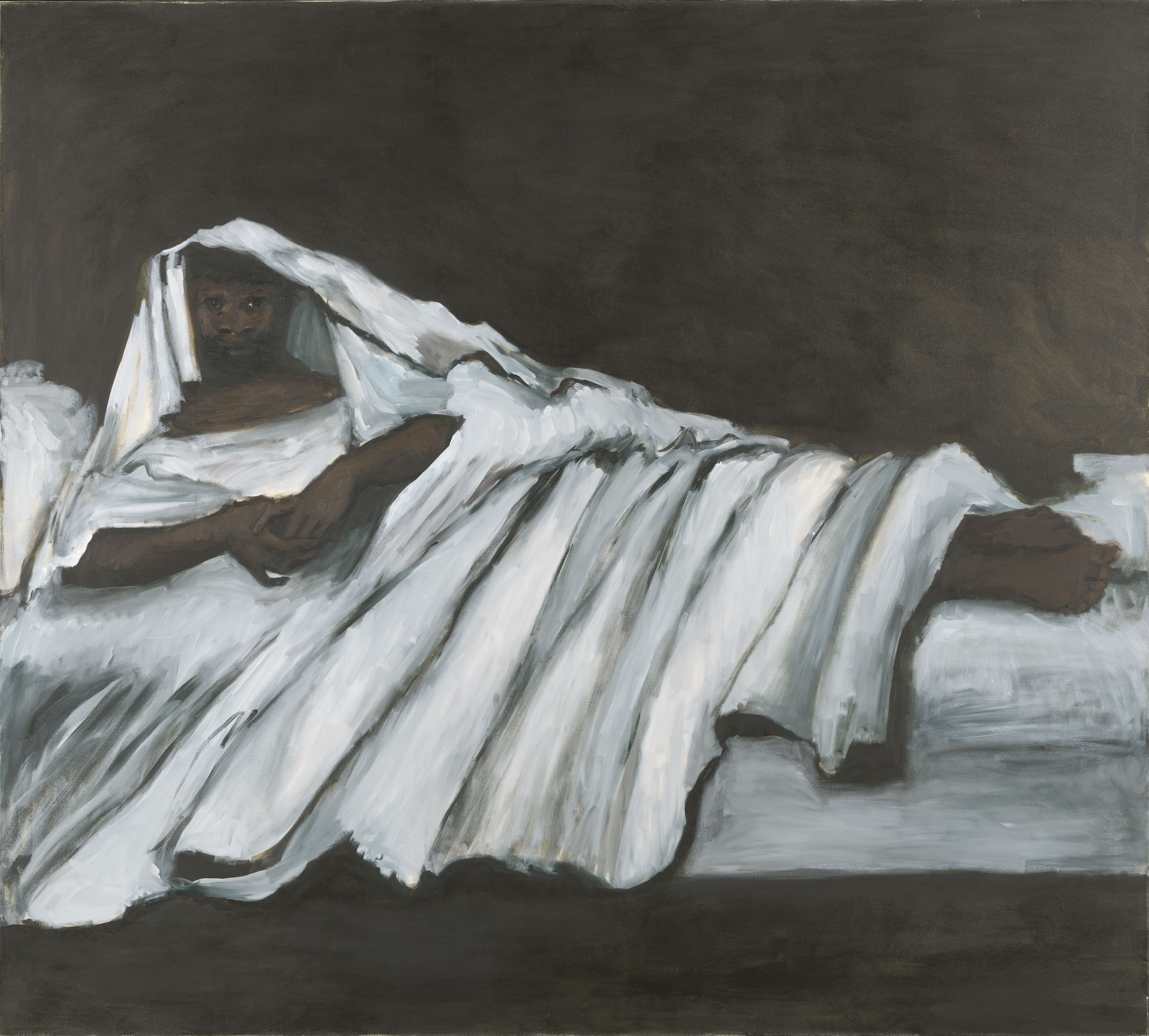 In Norway, discover 1000 years of Queer expression in Islamic Art
In Norway, discover 1000 years of Queer expression in Islamic Art'Deviant Ornaments' at the National Museum of Norway examines the far-reaching history of Queer art
-
 Out of office: The Wallpaper* editors’ picks of the week
Out of office: The Wallpaper* editors’ picks of the week'Tis the season for eating and drinking, and the Wallpaper* team embraced it wholeheartedly this week. Elsewhere: the best spot in Milan for clothing repairs and outdoor swimming in December
-
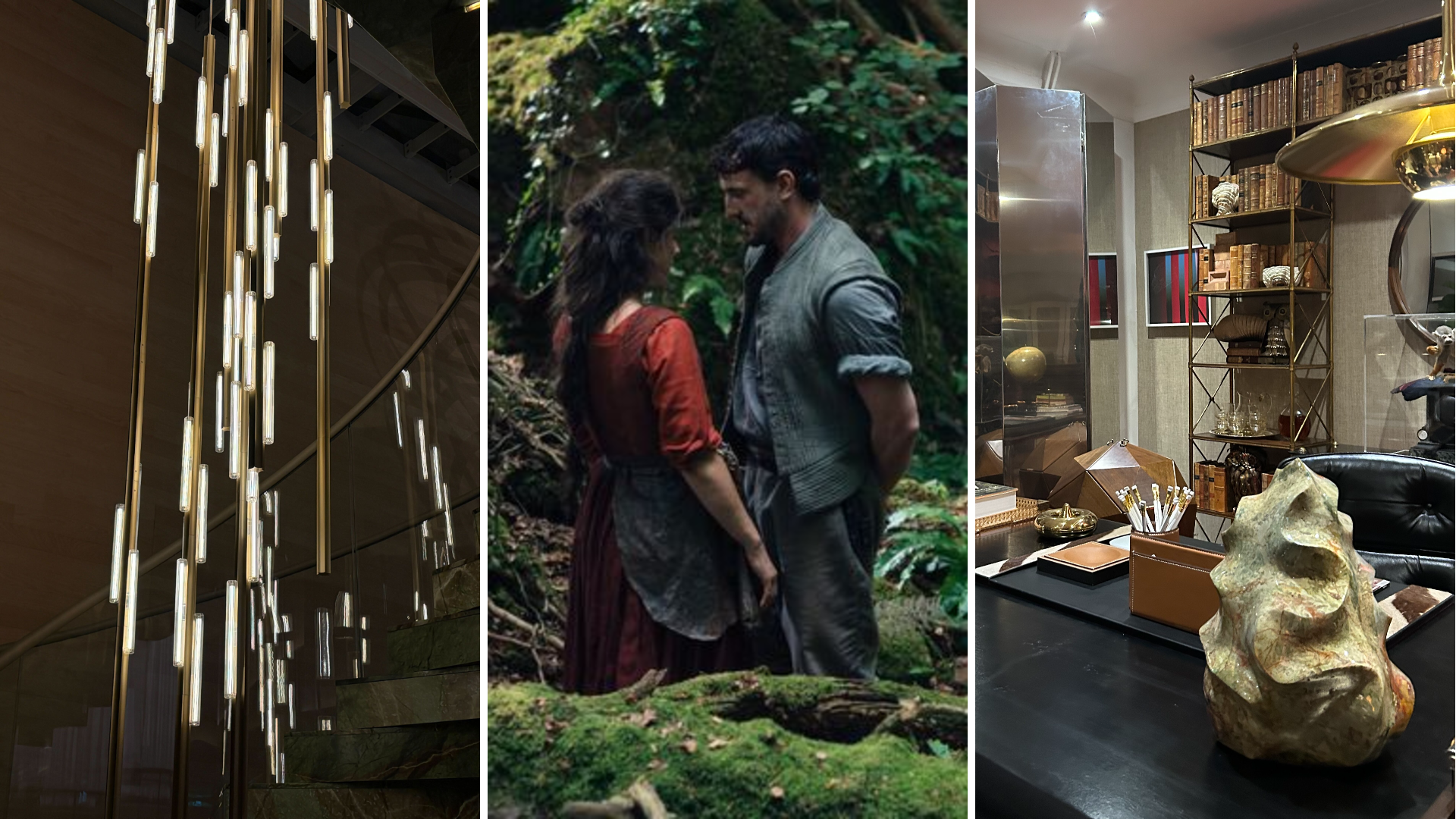 Out of office: The Wallpaper* editors’ picks of the week
Out of office: The Wallpaper* editors’ picks of the weekFar from slowing down for the festive season, the Wallpaper* team is in full swing, hopping from events to openings this week. Sometimes work can feel like play – and we also had time for some festive cocktails and cinematic releases
-
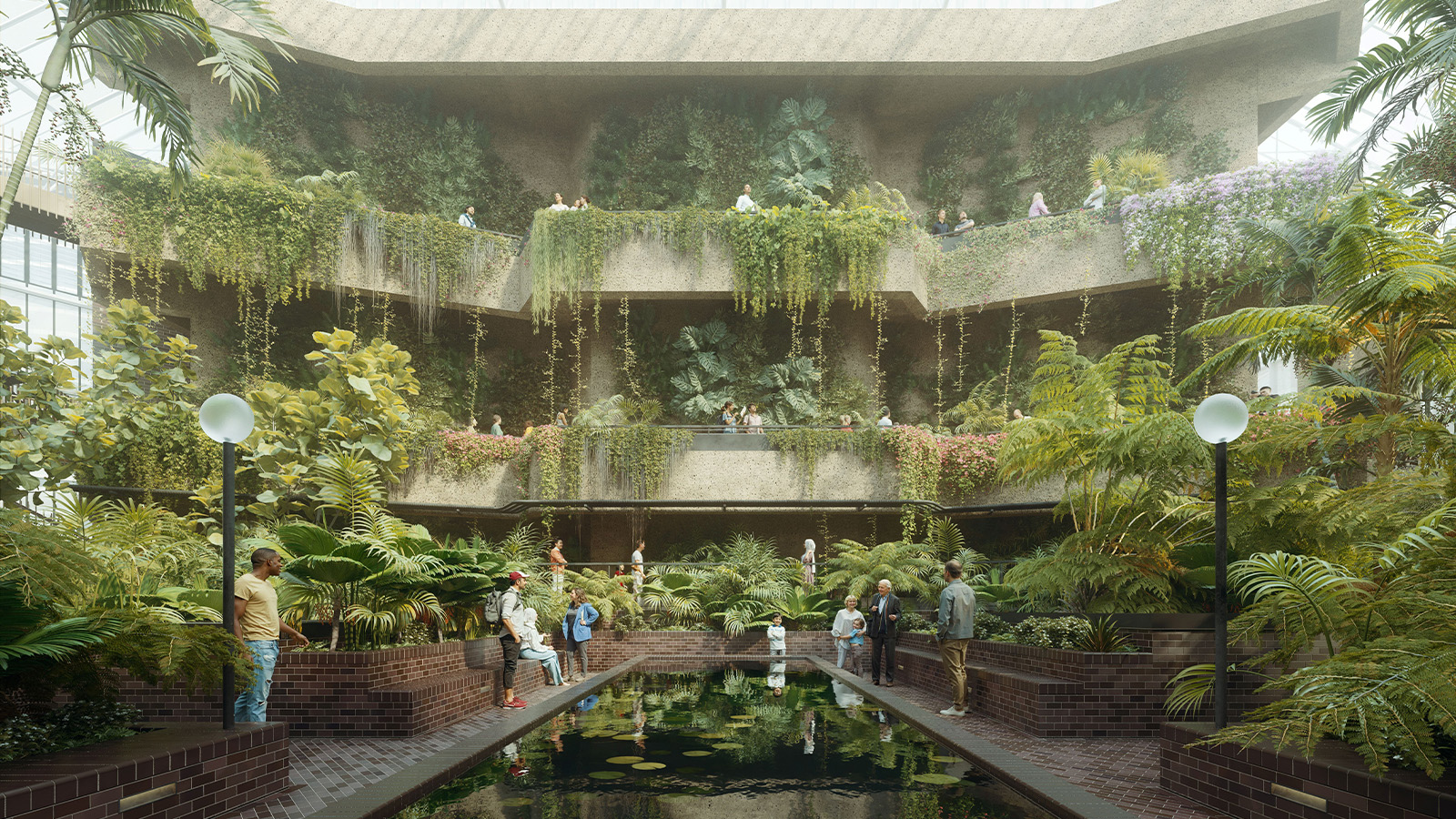 The Barbican is undergoing a huge revamp. Here’s what we know
The Barbican is undergoing a huge revamp. Here’s what we knowThe Barbican Centre is set to close in June 2028 for a year as part of a huge restoration plan to future-proof the brutalist Grade II-listed site
-
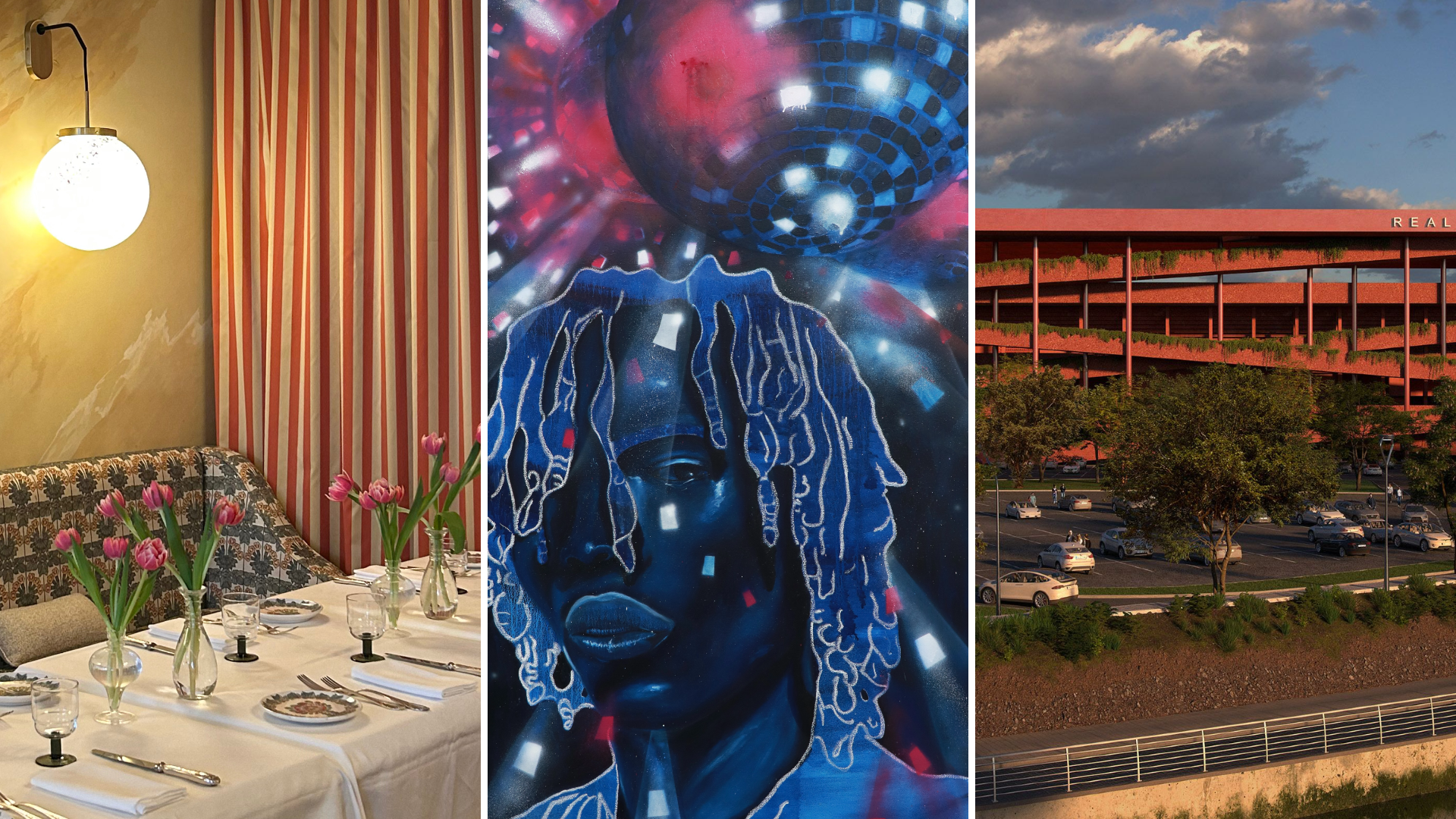 Out of office: The Wallpaper* editors’ picks of the week
Out of office: The Wallpaper* editors’ picks of the weekIt’s wet, windy and wintry and, this week, the Wallpaper* team craved moments of escape. We found it in memories of the Mediterranean, flavours of Mexico, and immersions in the worlds of music and art
-
 Each mundane object tells a story at Pace’s tribute to the everyday
Each mundane object tells a story at Pace’s tribute to the everydayIn a group exhibition, ‘Monument to the Unimportant’, artists give the seemingly insignificant – from discarded clothes to weeds in cracks – a longer look
-
 Out of office: The Wallpaper* editors’ picks of the week
Out of office: The Wallpaper* editors’ picks of the weekThis week, the Wallpaper* team had its finger on the pulse of architecture, interiors and fashion – while also scooping the latest on the Radiohead reunion and London’s buzziest pizza
-
 Out of office: The Wallpaper* editors’ picks of the week
Out of office: The Wallpaper* editors’ picks of the weekIt’s been a week of escapism: daydreams of Ghana sparked by lively local projects, glimpses of Tokyo on nostalgic film rolls, and a charming foray into the heart of Christmas as the festive season kicks off in earnest
-
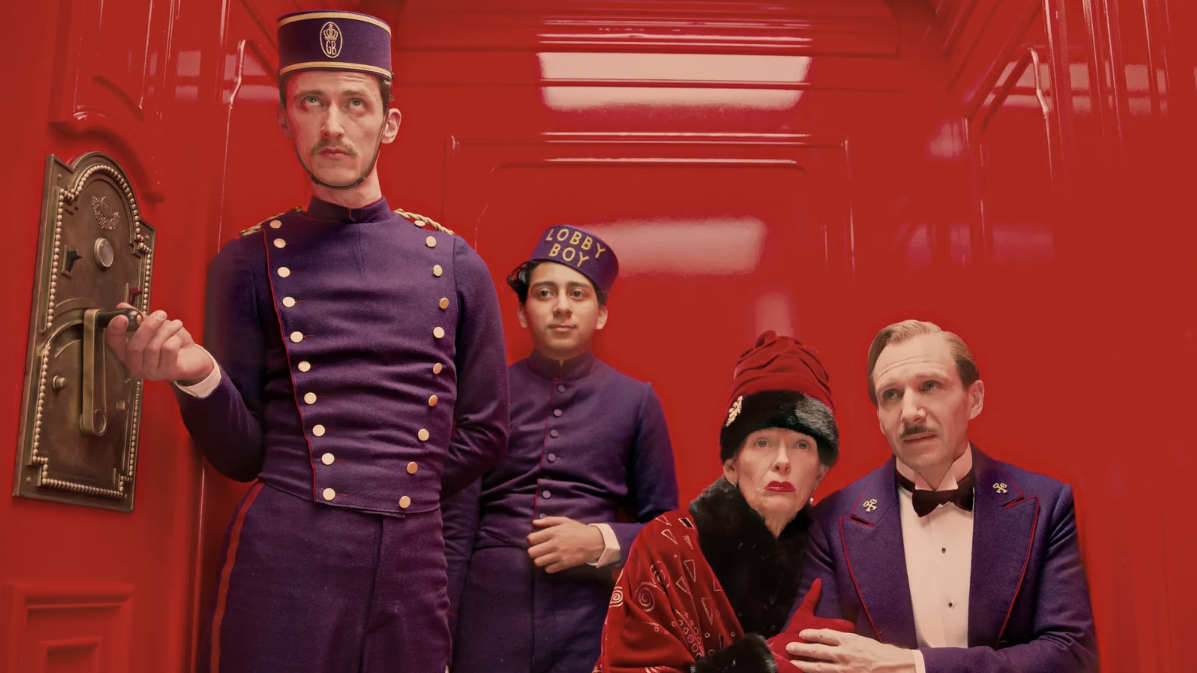 Wes Anderson at the Design Museum celebrates an obsessive attention to detail
Wes Anderson at the Design Museum celebrates an obsessive attention to detail‘Wes Anderson: The Archives’ pays tribute to the American film director’s career – expect props and puppets aplenty in this comprehensive London retrospective